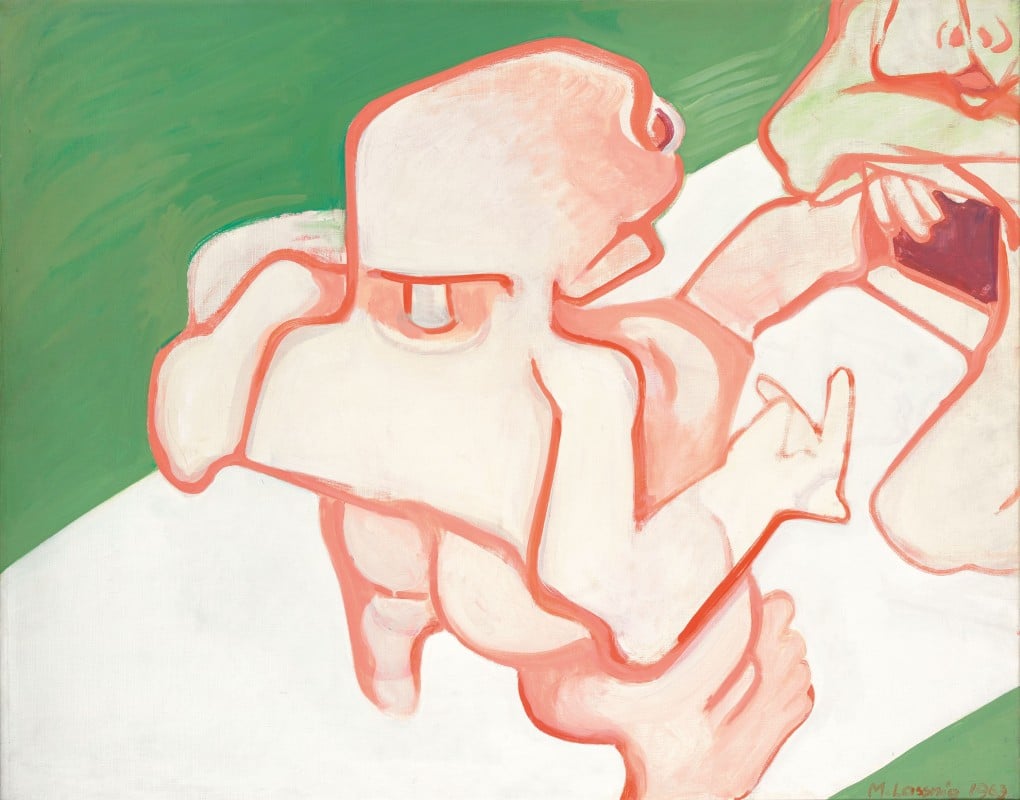Art World
Saved From Liquidation, Essl Collection Goes to the Albertina Museum
After years of financial mess and one high-profile sale, the Essl Collection heads to Vienna.

After years of financial mess and one high-profile sale, the Essl Collection heads to Vienna.

Alyssa Buffenstein

The Essl Collection is going on a permanent loan to the Albertina Museum in Vienna until at least 2044, the collection’s owners Karlheinz Essl and Hans Peter Haselsteiner announced yesterday, together with the Austrian minister of culture Thomas Drozda, and Albertina director Klaus Albrecht Schröder.
After a tumultuous few years for the collection’s founder Karlheinz Essl, during which his business collapsed and the fate of his collection laid in limbo, more than 6,000 works will now be stored, preserved, and displayed at the Viennese Institution.
According to der Standard, the Austrian Federal Chancellery is supporting the museum with €1 million ($1.06 million) for the collection’s absorption.
“Today is a shining moment in the Albertina’s over 200-year history. To my mind, this transfer of the Essl Collection to the Albertina opens up an entirely new chapter in the history of this tradition-steeped museum and of contemporary art in Austria,” said Schröder in a statement released by the museum.
The Essl collection includes thousands of works of contemporary art by both superstar artists like Gerhard Richter, Georg Baselitz, Sigmar Polke, Albert Oehlen, Rosemarie Trockel, Ai Weiwei, Anish Kapoor, and Maria Lassnig, as well as a huge number of lesser-known artists and a focus on Austrian art. It was once housed in its own museum in Klosterneuburg, outside Vienna, until financial difficulties forced the private museum’s closure in July 2016.

Nan Goldin, Jimmy Paulette on David’s Bike, NYC, (1991). Photo: Peter Kainz
©Nan Goldin courtesy Matthew Marks Gallery NY, Albertina, Vienna: Essl Collection
Essl founded the bauMax chain of home improvement stores in 1976, which, at its height in the mid-2000s, employed more than 9,000 people in 150 stores across Eastern and Central Europe. Around 2007, bauMax was falling into financial trouble, and after a failed expansion further into Eastern Europe and Turkey in 2012, the company began to drown.
The art collection was at stake with the business in 2014, and it risked liquidation if the company were to file for full insolvency. Essel and his wife, Agnes, publicly stated in 2014 that they were prepared to sell their collection in order to save bauMax, and the jobs of its 4,000 employees. The Austrian Government considered buying the entire lot, then valued at up to $344 million, but ultimately decided against it.
In September of that year, Essl reached a $151 million deal with industrialist Hans Peter Haselsteiner, which entailed that Haselsteiner would provide collateral for the collection and assume a 60 percent stake in a new company, but 44 of the collection’s highest-valued works were to be sold at Christie’s London, in a sale called “Giants of German Painting.”
The works at that sale were estimated to go for a total of £40 million to £60 million (at that time, around $63 million to $91 million), and it ultimately realized £46.9 million (then worth $75.3 million).

Maria Lassnig Gynecology (1963). Photo: Mischa Nawrata, Vienna ©Albertina, Vienna: Essl Collection
The Essl Collection will be integrated into the Albertina Museum in the next six months. A number of artists spoke out positively of the decision, probably due to the fact that their work will now be housed within the storied institution’s walls, including Eva Schlegel, who said she was “ecstatic!” about the decision.
“I’ve always believed in Vienna, and I was sure that the best possible solution would be found for the Essl Collection,” Georg Baselitz weighed in.
Erwin Wurm added, “By assuming this collection, the Albertina has catapulted itself into the first rank of contemporary art museums.”